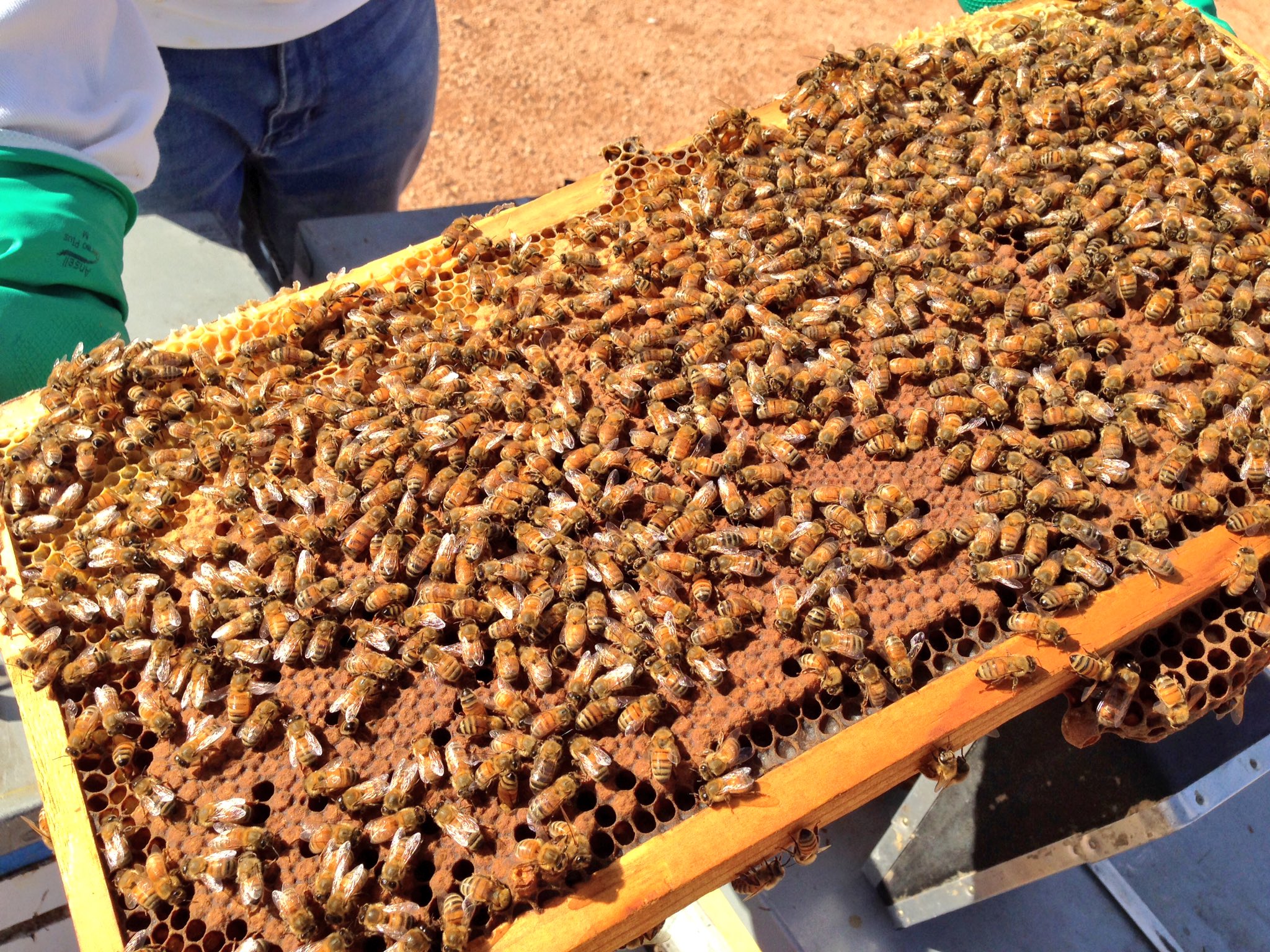The first incursion of SHB in Australia was detected in 2002 and has since cost the local beekeeping industry millions of dollars annually.
Small Hive Beetle (SHB) is particularly active during warm and humid conditions, feeding on bee larvae and turning honey into fermented slime.
A Queensland-based research team – led by Dr Diana Leemon and Dr Andrew Hayes – is currently developing a synthetic lure to deploy in a trap to capture the beetle, as part of a project funded by the Honey Bee and Pollination Program.
“To date, lab studies have identified compounds present in natural substances that are highly attractive to SHB,” Dr Leemon said.
“These compounds have been blended together into a lure to attract beetles towards a trap instead of a beehive, and field testing of the lure has started this month in various locations near active bee hives around Queensland.”
“Trapping of SHB with a natural attractant is currently being carried out to gather information on the movement and behaviour of SHB, and this information will help determine the best time and place to deploy traps with the synthetic lure.”










